Deck & Commander Strategies
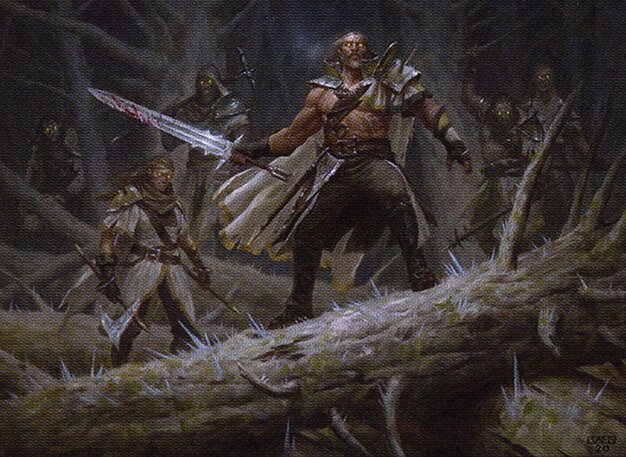
Tovolar, Dire Overlord
Utilizes day/night mechanics to boost werewolves with trample and card draw on combat damage, aiming to overwhelm opponents with aggressive creatures and timely buffs.
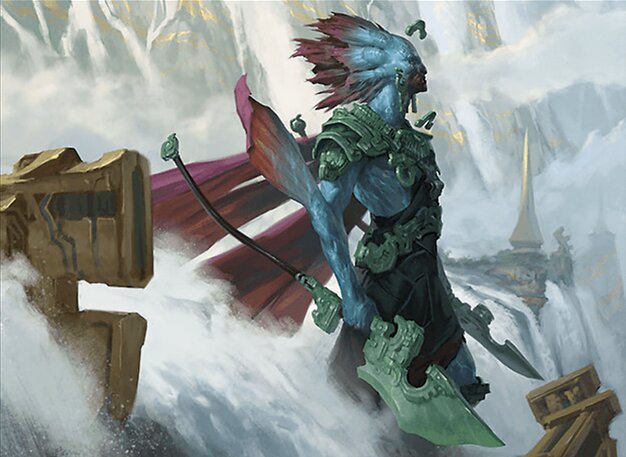
Kumena, Tyrant of Orazca
Focuses on merfolk tribal synergy, drawing cards and pumping creatures, while enabling unblockable commander damage and controlling the board through evasive threats.
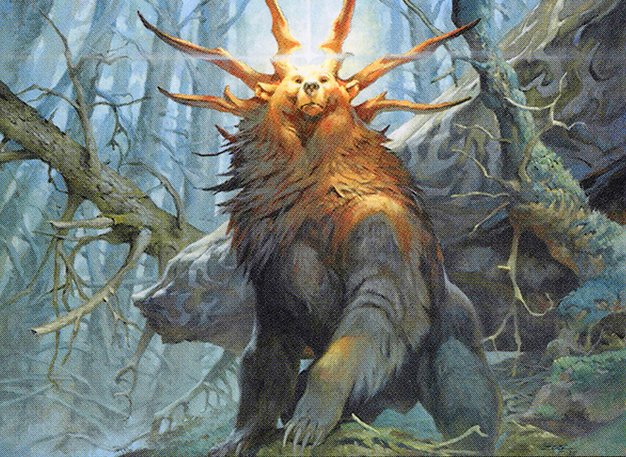
Ayula, Queen Among Bears
Plays a bear tribal deck that grows creatures and triggers fight effects whenever bears enter the battlefield, controlling the board through combat and incremental growth.
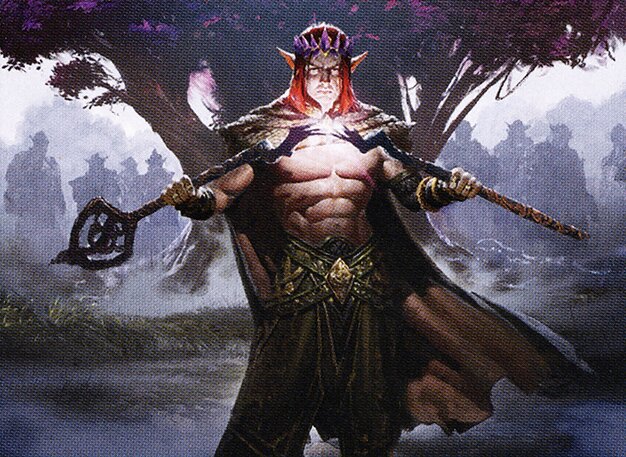
Harald, King of Skemfar
Elf tribal deck that ramps mana aggressively, generates insect tokens, and draws cards through synergies with elves, aiming for explosive board development and overwhelming opponents.
Gameplay Insights
- 1
Root Maze was employed early to slow down opponents, particularly hindering the ramping player but having less effect on the elf deck’s mana development.
- 2
The werewolf player maximized day/night cycle advantages by consistently attacking to trigger card draw and power boosts.
- 3
Elf tribal synergy was exploited to generate multiple tokens and large amounts of mana, setting up for explosive turns that drew multiple cards and flooded the board.
- 4
Bear tribal’s strategy of triggering fights and distributing counters created board control pressure, forcing opponents to manage their creatures carefully.
- 5
Merfolk’s unblockable creatures allowed for steady damage but struggled to keep pace against the overwhelming ramp and board presence of other tribes.
- 6
Players carefully chose attack targets to pressure the most vulnerable opponents and to leverage combat damage triggers while balancing defensive needs.
Notable Cards
-
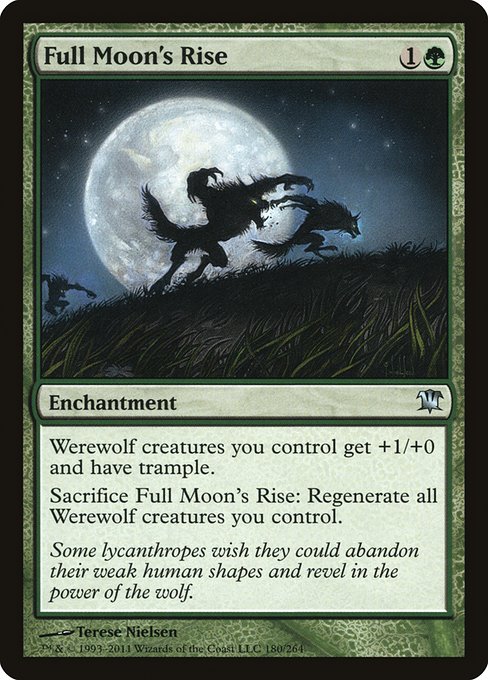
Full Moon's Rise
-

Argoth, Sanctum of Nature
-
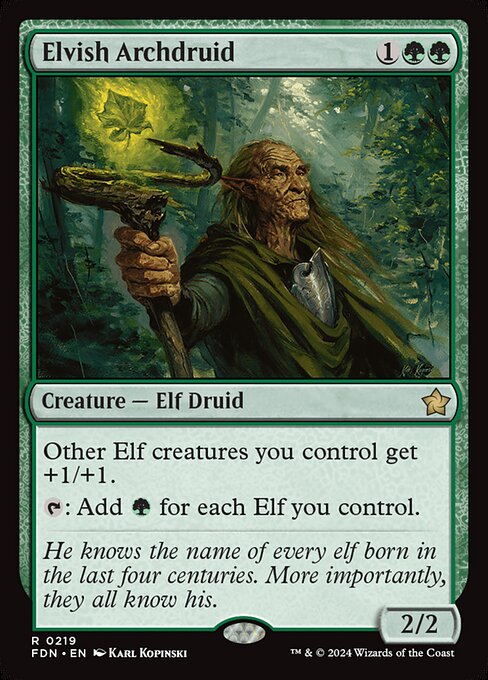
Elvish Archdruid
-
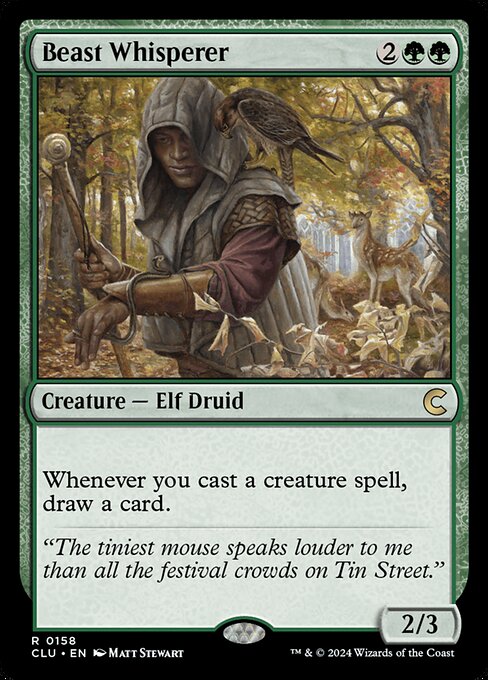
Beast Whisperer
-
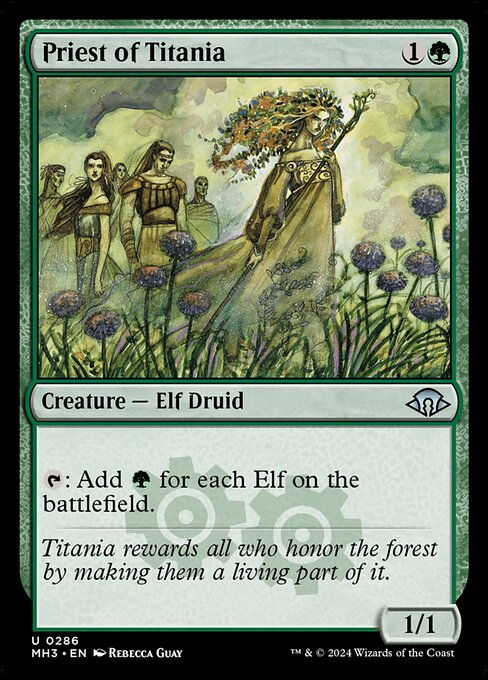
Priest of Titania
-

Kessig Wolf Run
Gameplay Summary
The game features four players each piloting tribal decks centered around distinctive creature types: werewolves, merfolk, bears, and elves.
Early turns focus on ramping mana and establishing board presence.
The werewolf deck leverages day/night mechanics and buffs from enchantments like Full Moon's Rise to pressure opponents with aggressive combat and card draw.
The merfolk deck capitalizes on unblockable threats to chip away at opponents while supporting a tempo-based strategy.
The bear deck aims to flood the board with bears and benefit from the commander’s ability to pump or fight opposing creatures, creating a strong midrange presence.
The elf deck aggressively ramps mana and draws cards through synergy with creatures like Elvish Archdruid and Beast Whisperer, enabling large explosive turns with a flood of elves and mana generation.
A key turning point comes when the elf player assembles a critical mass of mana and elves, generating significant card advantage and board development.
The werewolf player maintains pressure with combat damage triggers and buffs, while the bear deck looks to leverage fight triggers to keep opposing threats in check.
Meanwhile, the merfolk deck seeks to chip away with unblockable threats but struggles to keep pace with the explosive ramp and board presence of the elf deck.
The early game is defined by careful resource development and incremental pressure, with board wipes or mass fights likely to shift momentum in the mid to late game.
The game’s win condition revolves around the elf deck’s ability to overwhelm with sheer numbers and mana, the werewolf deck’s aggressive combat and card draw, or the bear deck’s fight and growth synergies, all while the merfolk deck attempts to survive and out-tempo opponents.






























![Commander VS S16E1: Ayula VS Urza VS The First Sliver VS Yawgmoth [EDH] thumbnail](https://i.ytimg.com/vi/tkuMVsCr0s4/sddefault.jpg)

![Herumkommandiert #04 Tribal Trouble | Commander EDH Gameplay [Deutsch] thumbnail](https://i.ytimg.com/vi/le505YcXDvU/sddefault.jpg)
















